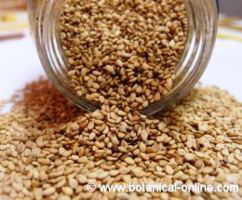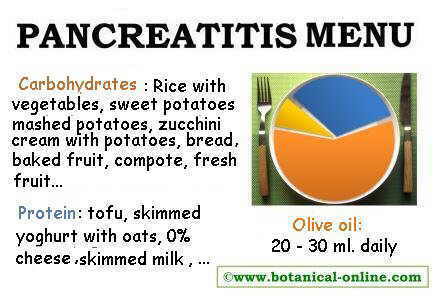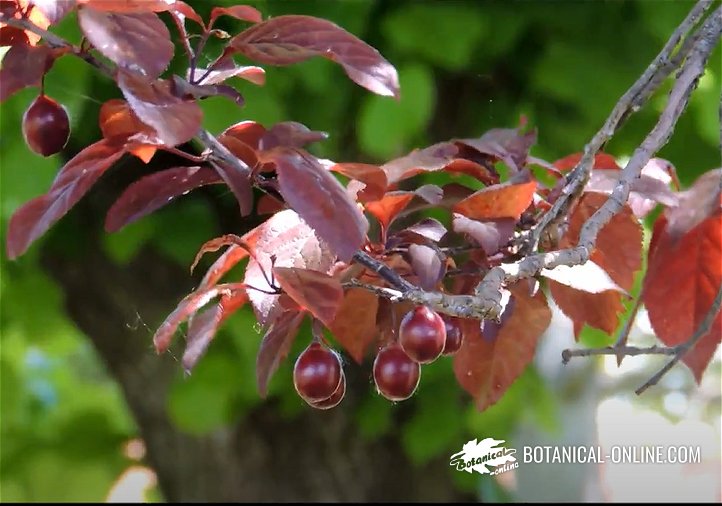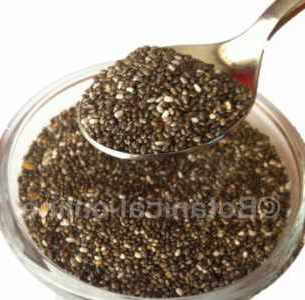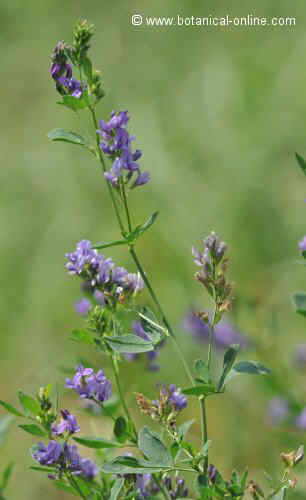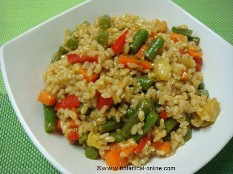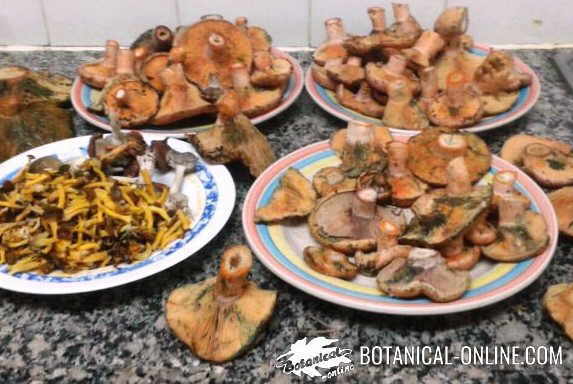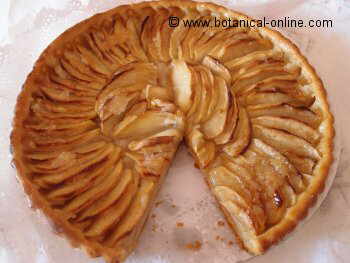Contents
Benefits of plant foods rich in phytoestrogens
What are phytoestrogens and what are they for?
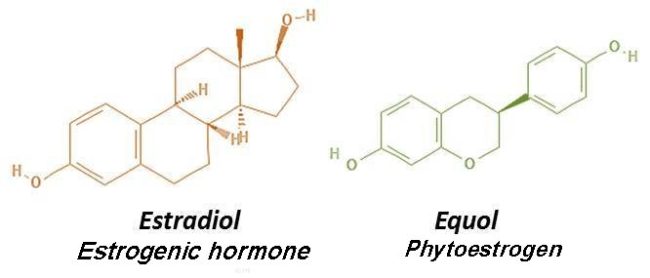
Phytoestrogens are a type of phytochemicals found in some plants. They are characterized by having a chemical structure similar to that of estrogenic hormones, reason why they are known as phytoestrogens or plant estrogens.
Properties of phytoestrogens
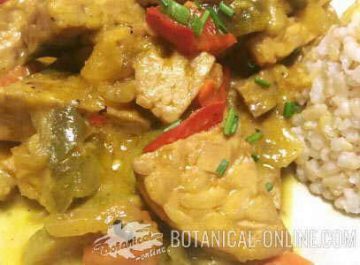
The ingestion of these components has an effect similar to that of the estrogenic hormones in the body, although their estrogenic activity is much weaker than the hormones produced by the body.
How important are phytoestrogens?
Phytoestrogens are present in some plants and foods. Traditionally plants with phytoestrogens have been used to replace the hormonal deficits that occur, for example, during menopause, and thus alleviate the symptoms produced as a result of hormonal depletion such as hot flashes.
What are the main phytoestrogens?
The following list contains foods with many phytoestrogens in order from highest to lowest. It shows the amount per 100 g .:
| Food phytoestrogen content (in milligrams per 100gr) | |
|---|---|
| Soybean meal | 165 |
| Isolated soy protein | 91 |
| Soy isoflavone supplement | 35 – 60 per tablet (depending on the commercial house) |
| Tempeh | 60 |
| Miso | 42 |
| Soybean sprouts | 34 |
| Soy yogurt | 33 |
| Cooked tofu | 22 |
| Soybean | 18 |
| Soy drink | 11 |
| Soy veggie burger | 9,30 |
| Tofu | 7 |
| Vegetable hamburger | 6 |
| Chickpeas | 1 |
| Lentils | 0,07 |
Note: Phytoestrogens should not be confused with phytosterols.
Types of phytoestrogens
- Soy isoflavones or isoflavonoids: they are the type of phytoestrogens that are most consumed today, due to the enormous richness in these components contained in soy and its derivatives, such as tofu, tempeh, miso, etc. Within this group, different types of isoflavones are included: daidzein (which is transformed into equol), genistein, glycytein, biochanin A and formonometin.
- Cumestrans, present in plants such as alfalfa and red clover. One example of cumestrans is coumestrol.
- Prenylated flavonoids, in plants such as hops
- Lignans, in linseed.
![]() More information on phytoestrogens
More information on phytoestrogens

